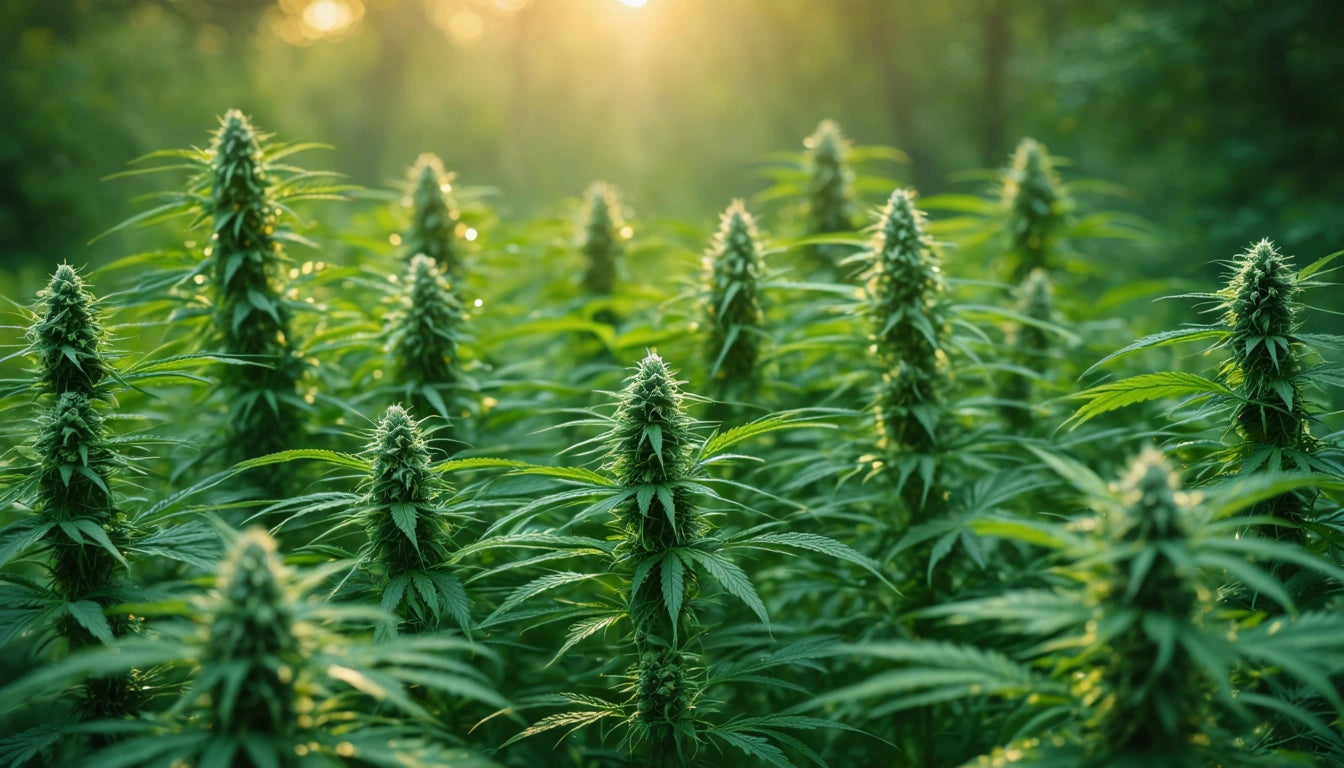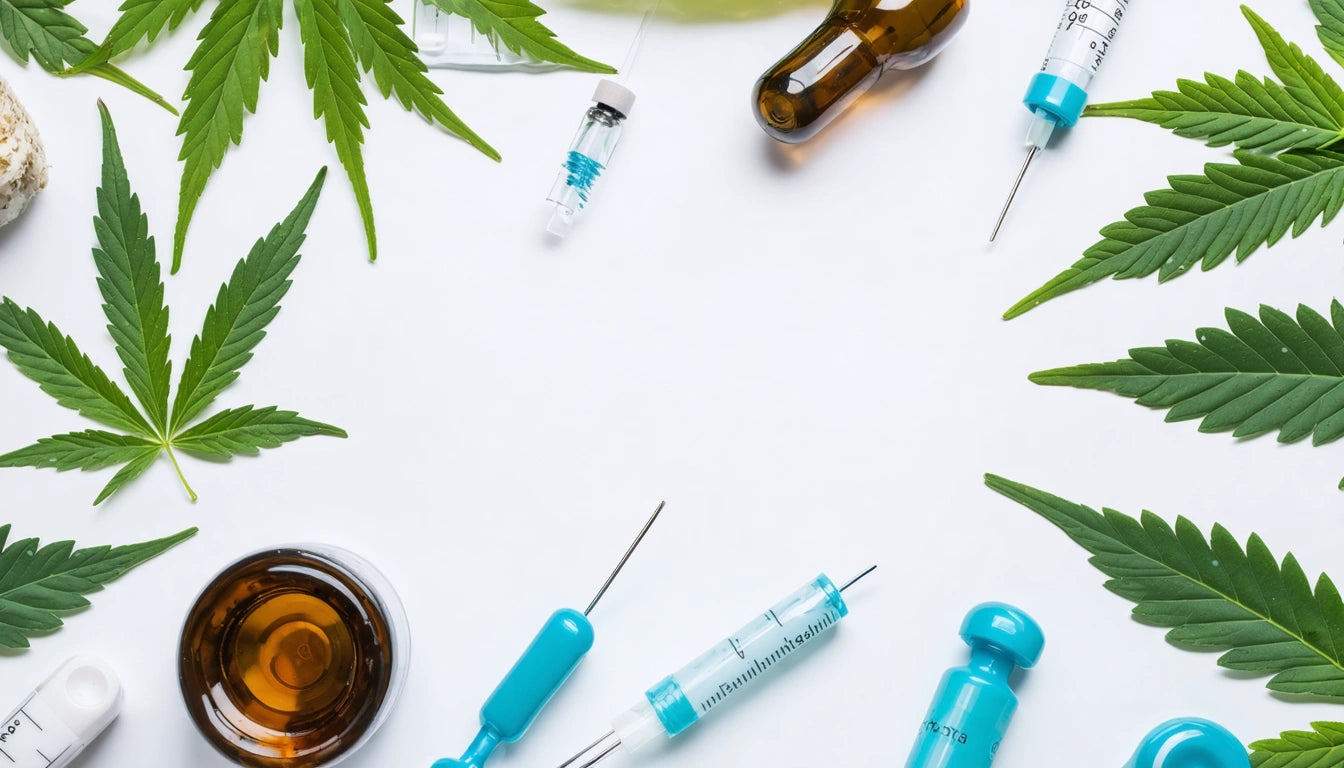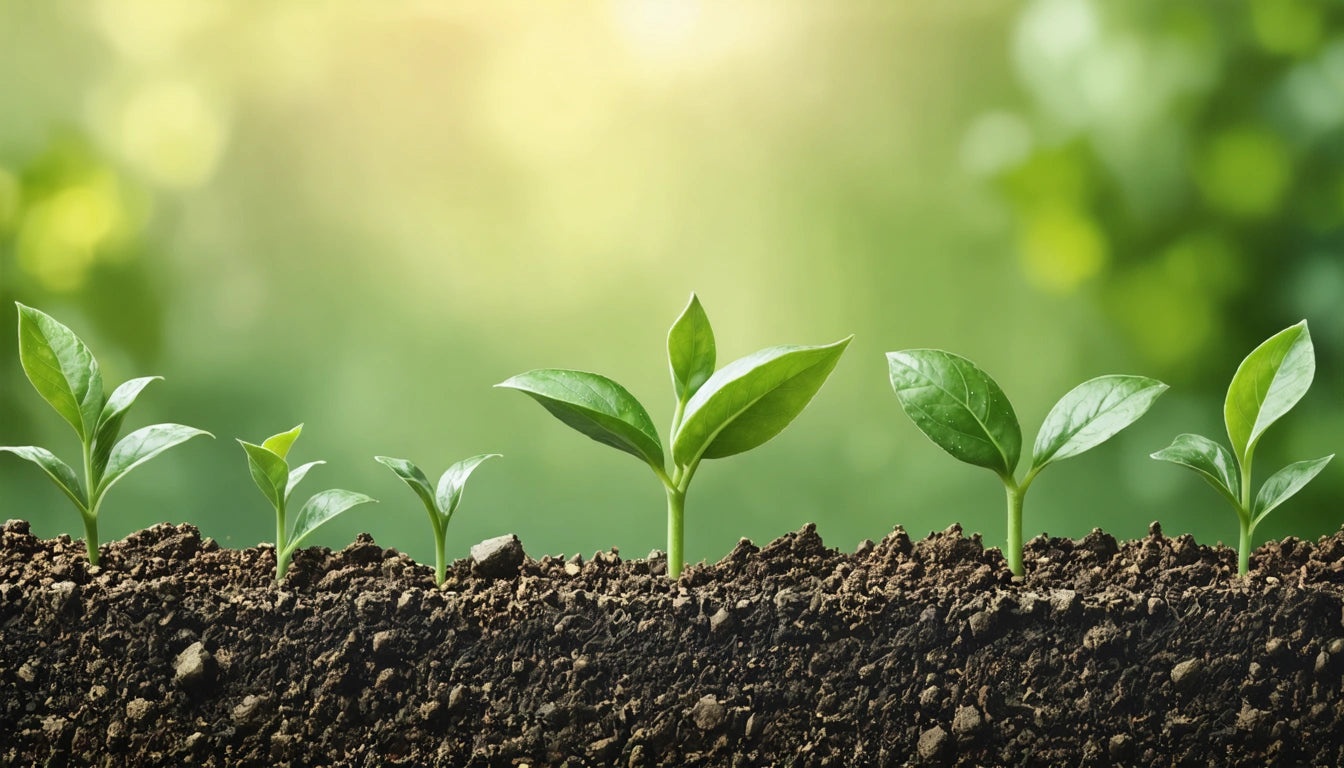Table of Contents
- Identifying Male Cannabis Plants: Key Visual Indicators
- Practical Uses for Male Cannabis Plants
- Proper Disposal Methods to Protect Your Crop
- Breeding Considerations: When to Keep Male Plants
- Processing Male Plants for Various Applications
- Maximizing the Value of Male Cannabis Plants in Commercial Operations
How to Manage and Utilize Male Cannabis Plants Effectively
Many cannabis cultivators view male plants with disappointment, often disposing of them immediately to prevent pollination of female plants. However, male cannabis plants offer numerous practical applications beyond breeding. Understanding what to do with male cannabis plants can transform a perceived liability into a valuable resource for various commercial and personal uses.
Identifying Male Cannabis Plants: Key Visual Indicators
Before deciding what to do with male plants, you must first correctly identify them. Male cannabis plants develop pollen sacs instead of the resinous buds found on females. Visual identification guides show that males typically exhibit:
- Small, round pollen sacs that appear like balls
- Thicker, sturdier stalks
- Fewer leaves and less dense foliage
- Faster maturation than female plants
Early identification is crucial, as understanding the differences between male and female plants helps prevent accidental pollination. Males typically reveal their sex 3-4 weeks into the vegetative stage, allowing growers time to separate them from females.
Practical Uses for Male Cannabis Plants
Contrary to popular belief, male cannabis plants have several practical applications:
Fiber Production
Male hemp plants produce softer, more refined fibers than females, making them excellent for textiles. The fibers can be processed into clothing, rope, paper, and building materials. Males produce approximately 70% fiber compared to 30% seed, while females produce the inverse.
Concentrate Production
While males contain significantly less THC than females, they still produce cannabinoids and terpenes in their leaves, stems, and pollen sacs. These can be extracted to create mild concentrates or added to other cannabis products. Research on smoking male plants shows they contain approximately 1-5% THC compared to female plants' 15-25%.
Proper Disposal Methods to Protect Your Crop
For those wondering how to dispose of male hemp plants safely, proper techniques prevent accidental pollination:
- Remove plants before pollen sacs open (typically 4-5 weeks into flowering)
- Double-bag plants in sealed plastic bags
- Compost away from growing areas or dispose with regular garden waste
- Clean all tools and clothing that contacted male plants before returning to the grow room
Improper disposal can lead to unintended pollination, potentially reducing the potency and yield of female plants by up to 30% according to cultivation studies.
Breeding Considerations: When to Keep Male Plants
For breeders, selecting the right male plants is crucial:
- Look for desirable traits like rapid growth, disease resistance, and terpene production
- Select males with strong stem structure and vigorous growth
- Consider aroma as an indicator of terpene profile
- Isolate breeding males in separate areas from production females
When breeding, pollen collection and controlled pollination allow for seed production without compromising an entire crop. Using specialized filling equipment for pollen collection and storage helps maintain genetic viability and prevents cross-contamination during the breeding process.
Processing Male Plants for Various Applications
Processing male cannabis plants requires specific techniques depending on the intended use:
For Fiber
The retting process separates fibers from the woody core. This involves soaking plants in water or laying them in fields to allow natural decomposition of the pectin binding the fibers. After retting, plants are dried and processed mechanically to extract the fibers.
For Extracts
Male plants can be processed similarly to leftover cannabis material using methods like:
- Alcohol extraction
- Ice water extraction
- Dry sifting
- Rosin pressing (though yields will be lower than with female flowers)
While removing calyxes (pollen sacs) on female plants may help redirect energy to flower production, the question "will removing calyx balls on female cannabis help flowering?" has a different answer for males. For males, removing pollen sacs completely defeats their purpose if being kept for breeding.
Maximizing the Value of Male Cannabis Plants in Commercial Operations
Commercial growers can integrate male plant utilization into their business model:
- Develop breeding programs to create proprietary genetics
- Process male plants for hemp fiber products
- Create secondary product lines from male plant extracts
- Sell male plants to hemp fiber processors
Rather than viewing male plants as waste, forward-thinking cannabis operations see them as an opportunity to diversify revenue streams and maximize the value of their cultivation efforts. Whether for breeding, fiber production, or creating supplementary products, male cannabis plants offer significant untapped potential for the industry.











Leave a comment
All comments are moderated before being published.
This site is protected by hCaptcha and the hCaptcha Privacy Policy and Terms of Service apply.